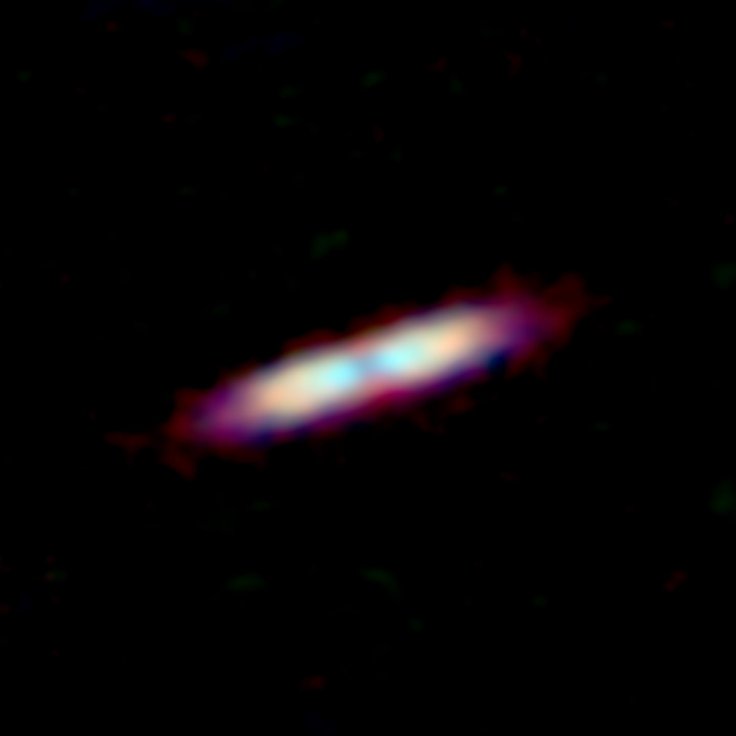Astronomers using the Atacama Large Millimeter/submillimeter Array (ALMA) telescope have discovered a very young star surrounded by an astonishing disk of gas. The newly discovered gas disk has huge significance in revolutionizing space science as the gas around the star should have disappeared because the star named 49 Ceti is 40 million years old.
New discovery could reshape the human understanding of planet formation

As per modern space science, planets are usually formed in gaseous dusty disks called protoplanetary disks around young stars. The dust particles surrounding stars get together, resulting in the formation of Earth-like planets. On the other hand, a large amount of gas from the star's disk will combine together to form gaseous giants like Jupiter.
Current theories suggest that the gas in the star's disk either gets incorporated into planets or it will blow away due to radiation pressure from the star. As time passes by, planets will start orbiting the star, and there will also be a disk of dusty debris. Experts have named this dusty disk, a 'debris disk', and the presence of this debris disk indicates that the process of planet formation is almost finished.
The new discovery using ALMA helped scientists to discover gas in the debris disk. If the gas remains in the debris disk, the planetary seeds will get sufficient time to evolve as giant planets like Jupiter.
"We found atomic carbon gas in the debris disk around 49 Ceti by using more than 100 hours of observations on the ASTE telescope. As a natural extension, we used ALMA to obtain a more detailed view, and that gave us the second surprise. The carbon gas around 49 Ceti turned out to be 10 times more abundant than our previous estimation," said Aya Higuchi, an astronomer at the National Astronomical Observatory of Japan (NAOJ), in a recent statement.
Scientists' hypothesis to explain origin of the gas
As the origin of the gas perplexes scientists, they have suggested two possibilities to explain its formation. A section of space scientists believes that it could be the remnant gas that survived the dissipation process involved in the final stages of planetary formation.
Another theory suggests that the gas was released due to the collision of small space bodies like comets. However, considering the huge amount of gas, the number of collisions should be too high, and several experts believe that it is a very distant possibility.









